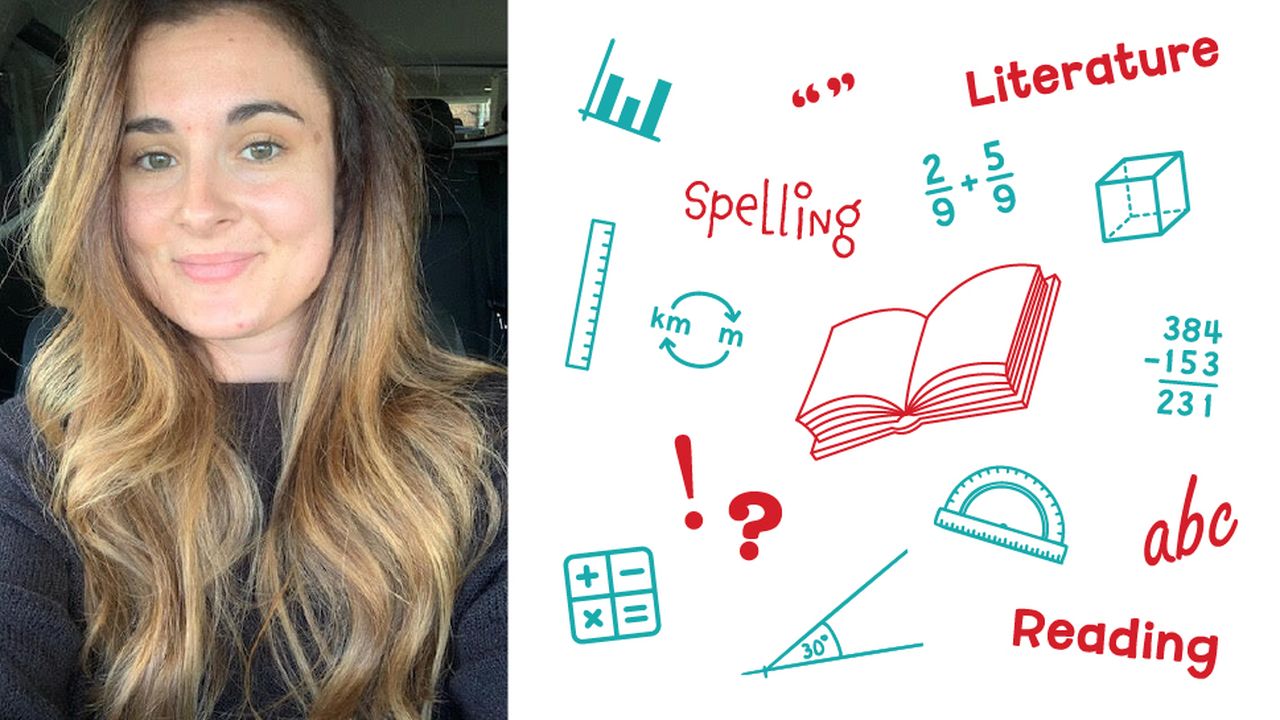What you might expect to see in the 2022 SATs exams
Year 5/6 Teacher and English & Curriculum Lead, Sophie Bartlett, shares some valuable SATs insights!

by Sophie Bartlett
So here we go again… we had four years of SATs papers under the new National Curriculum, and then a (very welcomed, in my opinion) hiatus – until now. Whilst I’m in no rush to return to the pressure of SATs prep, I have to admit that a tiny part of me has missed the intrigue in finding out which weird and wonderful ways the powers-that-be have decided to present the curriculum material to the children.
I have analysed the content of the four existing sets of SATs papers – from this data we can make some (rather general) assumptions about what might appear in the 2022 tests!
Maths

In every set of maths papers so far, over half the content has come from the curriculum of Years 3-5. The ‘pass’ mark each year has been between 52-55% (60/110 in 2016; 57/110 in 2017; 61/110 in 2018; 58/110 in 2019): theoretically, children should be able to meet the expected standards by almost exclusively knowing content from Years 3-5.

Calculations (the four operations) has consistently been the most common topic to appear across all maths papers, with the next most common being fractions, decimals and percentages (FDP) and measurement. In the most recent SATs paper (2019), this changed slightly as the proportion of FDP content increased quite significantly.
Again, theoretically, children should be able to meet the expected standards by exclusively knowing content from the calculations and FDP content domains. I think it’s a safe bet that the same topics will appear in a similar proportion in 2022 – so if you need to prioritise anything in the weeks before SATs, use the time to consolidate these topics rather than worrying too much about whether children can reflect or translate shapes (position and direction)!
Reading


In order to achieve the expected standard in reading, the pass mark had been set at 52-56% on the 2017-2019 tests (the 2016 test was a bit of an outlier with a pass mark of 42%. I’m sure there will be those among us that remember the horrors of the milling around in bewilderment fiasco!) The majority of the questions on the reading papers have been retrieval and inference questions (a ‘prediction’ question hasn’t been on the assessments since 2016!) and it seems unlikely that this will change.
SPAG

In order to achieve the expected standard in spelling, punctuation and grammar (SPAG), the pass mark has been set at 51-54% on the 2017-2019 (again, the 2016 test was rather an outlier with a pass mark of 61%). The SPAG assessment consists of a 50 mark question paper and a 20 mark spelling-only test; this gives a bit more leeway to strong spellers (which allows for weaknesses in the grammar test – scoring full marks on the 2018 spelling test means you would only need 18/50 on the grammar test to still reach the expected standard overall), whilst weak spellers could make up the marks in the grammar test.
The majority of questions in the grammar test have consistently been based on punctuation (G5) and grammatical terms and word classes (G1), so practising these topics in the run-up to SATs this year would definitely be worthwhile.
Pass / ‘greater depth’ boundaries

Sophie wrote this article exclusively for Learning by Questions. Book a chat with us today to see LbQ in action here.